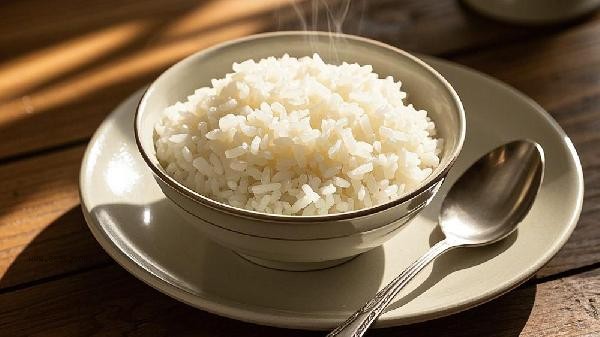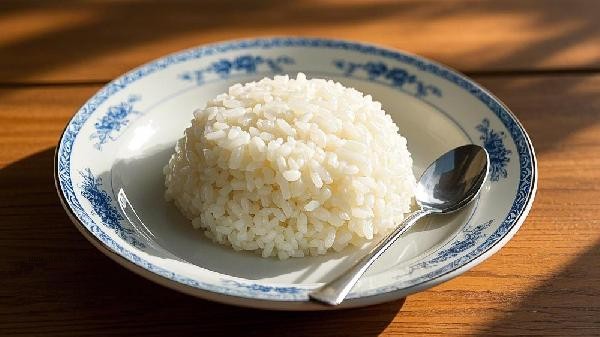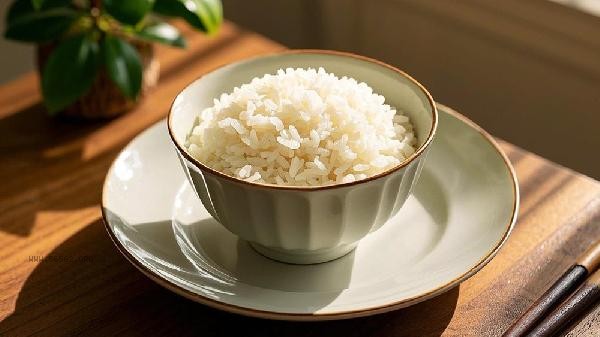It is recommended to use hot water to cook leftover rice porridge, which can shorten the cooking time and reduce nutrient loss. Cold water cooking porridge may lead to loose rice grains or uneven gelatinization, while hot water helps to release starch quickly, making Congee more viscous.

When porridge is cooked in hot water, high temperature can quickly destroy the cell structure of rice, promote starch particles to absorb water and expand faster, and form a uniform gelatinization state. This method is particularly suitable for rice cookers or fast cooking with open flames, as it can retain more B vitamins and avoid nutrient breakdown caused by prolonged heating. If using refrigerated leftover rice, hot water can also reduce the risk of rice grains breaking due to large temperature differences.

Cold water porridge is feasible, but it needs to be boiled for a longer time. Slow release of starch may cause some rice grains to sink to the bottom and stick to the pan. Under low temperature conditions, the linear starch in rice is not fully dissolved, which may affect the taste. If you prefer clear soup Congee or need to stew for a long time to add ingredients, you can use cold water as appropriate, but you need to pay attention to the mixing frequency to prevent the bottom from sticking.

No matter which way you choose, it is recommended to gently wash the remaining rice with water before cooking porridge to remove the impurities on the surface. Paired with ingredients such as pumpkin and yam, it can increase dietary fiber. For those with weak digestive system, the simmering time can be appropriately extended over low heat. If the remaining rice is stored for more than 24 hours, it is necessary to ensure sufficient heating to boiling to inactivate potential microorganisms.








Comments (0)
Leave a Comment
No comments yet
Be the first to share your thoughts!